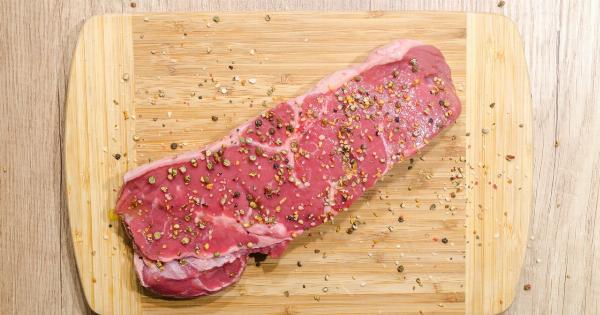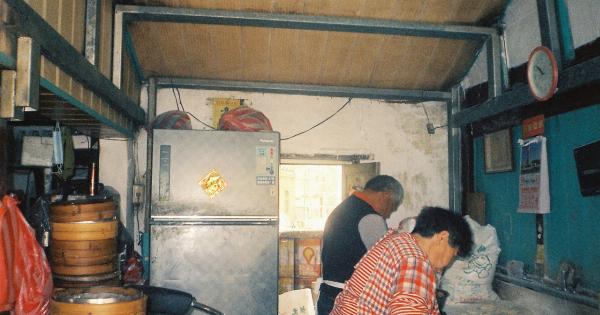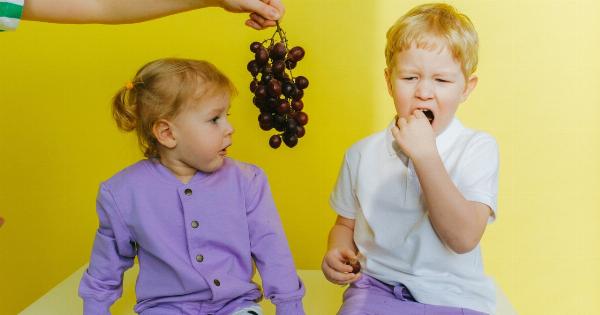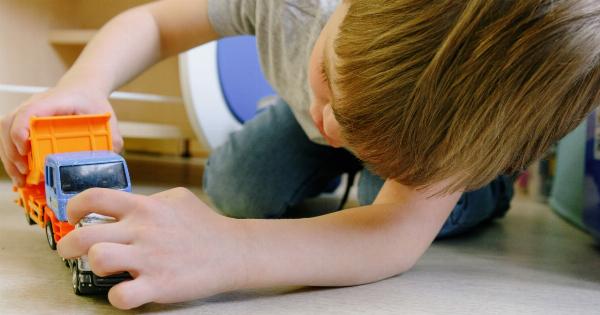As a parent, one of the scariest moments you can experience is when your child chokes on food. It can happen so quickly, leaving you feeling panicked and helpless.
However, it’s important to stay calm and take immediate action to ensure your child’s safety. In this video, we will show you exactly what to do when your child chokes on food.
Step 1: Assess the Situation
The first thing you need to do is assess the severity of the choking. If your child is coughing forcefully, it’s a sign that their airway is partially blocked.
Encourage them to continue coughing, as this is the body’s natural reflex to clear the blockage. However, if your child is unable to cough, speak, or breathe, it’s a sign of complete airway obstruction and requires immediate intervention.
Step 2: Perform Back Blows and Abdominal Thrusts for Children Over 1 Year
If your child is over 1 year old and is unable to cough or breathe, you should perform a combination of back blows and abdominal thrusts.
Stand or kneel behind the child and firmly strike their back between the shoulder blades with the heel of your hand, repeating up to 5 times. If this does not dislodge the object, position yourself behind the child and place a fist just above their navel. Grasp your fist with your other hand and give quick, inward and upward thrusts, repeating up to 5 times.
Step 3: Perform Chest Thrusts for Children Under 1 Year
If your child is under 1 year old and is unable to cough or breathe, you should perform chest thrusts instead of abdominal thrusts. Place your baby face down along your forearm, resting on your thigh.
Deliver up to 5 firm back blows between the shoulder blades using the heel of your hand. If the object is still not dislodged, turn your baby over so they are facing up, resting on your forearm, and perform up to 5 chest thrusts. Use two fingers in the center of the chest just below the nipple line and push inward and upward.
Step 4: Call for Emergency Medical Assistance
If the above steps do not work and your child is still unable to breathe or the object remains stuck, it’s crucial to call for emergency medical assistance immediately.
Time is of the essence in these situations, and professional help is necessary to resolve the situation safely.
Step 5: Learn Pediatric First Aid
While choking incidents can be terrifying, the best way to handle them is to be prepared. Consider taking a pediatric first aid course to learn essential life-saving skills and gain the confidence needed to handle emergency situations.
Learning how to perform CPR and other first aid techniques can make a significant difference in ensuring the safety and well-being of your child.
Step 6: Prevent Choking
Prevention is always better than cure. To reduce the risk of choking, follow these safety guidelines:.
1. Cut food into small pieces: Make sure food items like fruits, vegetables, and meat are cut into small, manageable pieces that your child can easily chew and swallow.
2. Supervise mealtime: Always supervise your child while they are eating, especially when they are young. Encourage them to eat slowly and remind them to chew their food thoroughly.
3. Avoid choking hazards: Keep small objects like coins, batteries, and small toys out of your child’s reach. Avoid giving them foods that are known choking hazards, such as popcorn, grapes, hot dogs, and hard candies.
4. Be cautious with liquids: Be careful when giving your child liquids, as they can also pose a choking risk. Use sippy cups with a valve that prevents spills and supervise them during bottle-feeding.
By following these preventive measures, you can significantly reduce the chances of your child choking on food.
Conclusion
Choking on food is a common occurrence among children, but it doesn’t have to be a life-threatening situation if you know what to do.
Staying calm, assessing the severity of the situation, and taking immediate action are vital steps in ensuring your child’s safety. By following the techniques shown in this video and taking preventative measures, you can be better prepared to handle any choking incidents that may occur.






























